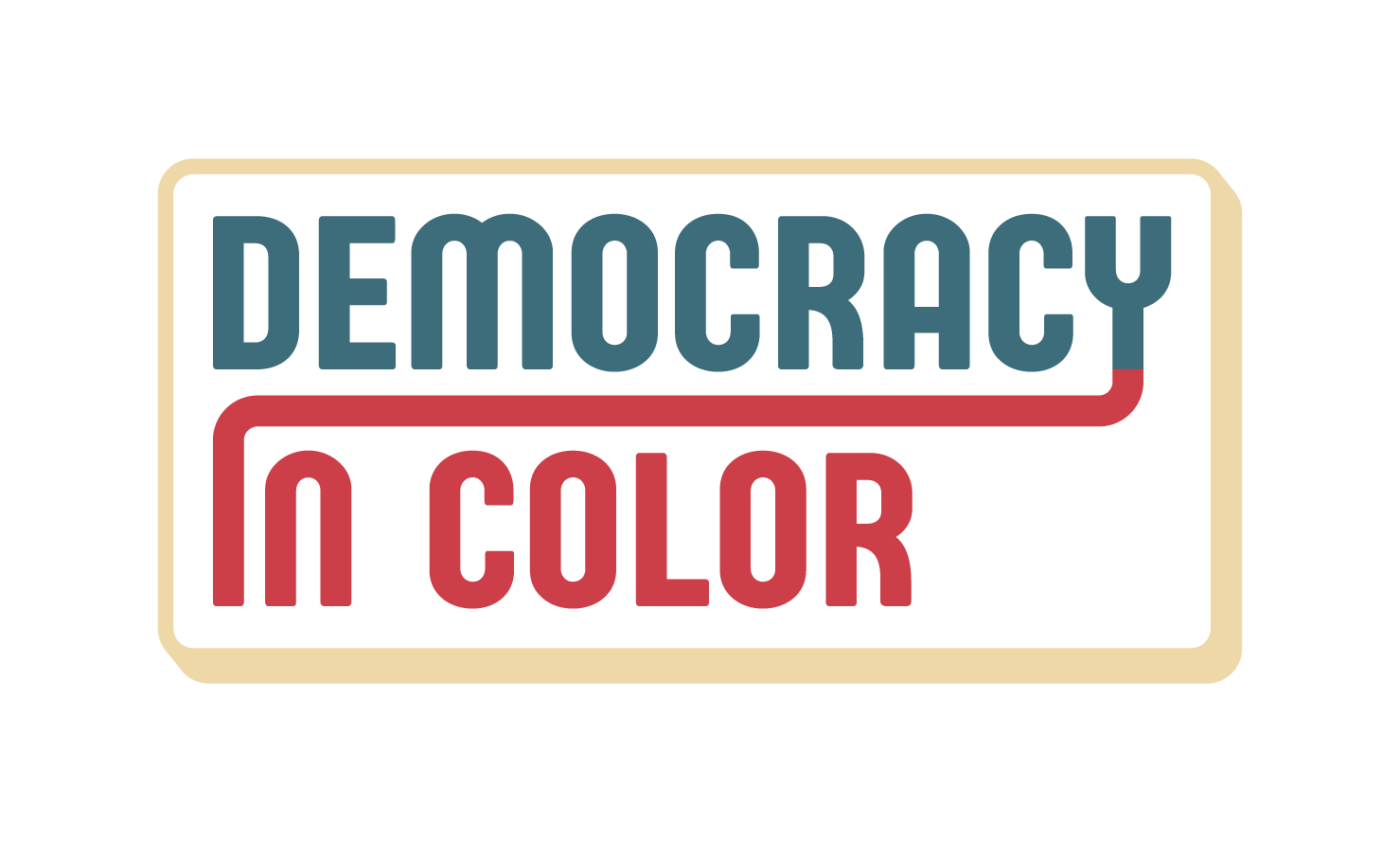Who Gets to Be “The Best” and Why?
From the Emmys to the Democratic Party, representation without structural change is not enough
By Fola Onifade
When Emmy nominations were announced back in July, Twitter was abuzz with excitement, and rightfully so. I, along with many others, were thrilled to see the historic level of diversity among nominees including Lovecraft Country’s Jonathan Majors, Saturday Night Live’s Bowen Yang, and Pose’s Mj Rodriguez. Coming off prior Emmy ceremonies where queer artists won big in 2019 and a record number of actors of color took home top awards in 2020, the hype was warranted.
But this year’s announcement of awards disappointed, to say the least. Despite the record number of people of color nominations (performers of color made up nearly half of the nominations, 44%), in the end white actors swept all 12 major acting categories.
Following the 2015 #OscarsSoWhite public outcry and the entertainment industry’s restated commitment to diversity after last summer’s racial reckoning in response to the police murder of George Floyd and Breonna Taylor, critics have rightly pointed out the shallowness of the industry’s proclamations to boost diversity and inclusion.
While Hollywood has gotten better in recent years at reflecting the true rainbow of America on our TV screens, Sunday’s Emmy award-winners, who are selected by the Television Academy, proved there’s clearly still much more work to be done in recognizing the excellence of actors, writers, and directors of color.
Failing to properly acknowledge the excellence of this nation’s people of color (who make up 42% of the U.S. population) isn’t limited to Hollywood, though. Similarly, due to the lack of consequential and structural change within the Democratic Party, candidates of color — and women in particular — continue to fight an uphill battle for funding, meaningful support, and ultimately, victory.
#EmmysSoWhite and #DemPartySoWhite
Like the Television Academy, decision-makers within the Democratic Party are overwhelmingly white, and when white folks hold the majority of leadership positions in any industry, fewer checks remain to safeguard against implicit bias. According to the Stanford Encyclopedia of Philosophy, implicit bias suggests that people can act on the basis of prejudice and stereotypes without intending to do so.
At Sunday night’s Emmys, not one Black actor or other actor of color was deemed “the best” by the industry for their TV show performances, but they were still featured as live talent during the ceremonies. Cedric the Entertainer hosted and paid tribute to the late rap legend Biz Markie. R&B singers Leon Bridges and Jon Batiste performed and several people of color served as presenters of awards. While artists of color were deemed fit to provide the bulk of the night’s live entertainment, it hardly excuses the lack of actual awards given to the many nominated and well-deserving artists of color.
The same implicit bias that keeps people of color from winning and being declared “the best” in Hollywood is what keeps the Democratic Party from investing in and promoting candidates of color who have the ability to change the political calculus in key states.
Women candidates of color and the “myth of electability”
For Black women and other women of color candidates, achieving recognition and securing funding is especially challenging, despite an increasingly demonstrated track record of “electability” in state and local races. In a 2020 piece for Democracy Journal, Glynda Carr, president and CEO of Higher Heights for America, highlighted the struggle women of color face to be recognized and supported in politics. Carr notes that while white men still dominate politics, the percentage of women winning races has increased over the last five years. Women of color increased their presence in Congress by 40% and in state legislatures by 38% since 2015.
Despite these recent gains, the “myth of electability” still looms over women candidates of color, impeding their ability to raise funds and gain endorsements early in their races when it makes a significant difference. And they continue to be overlooked by the Democratic Party as candidates to lift up for statewide offices and higher. Since Vice President Kamala Harris’ move to the Biden administration there are no longer any Black women in the U.S. Senate. Additionally, there are only two AAPI women in the Senate and one Latina. New Mexico Governor Michelle Lujan Grisham is the only woman governor of color in the country and the first Democratic Latina governor ever elected in U.S. history. These statistics beg the question: If women of color are electable enough for state legislative office or the House of Representatives, why the dearth of representation in the Senate or governorships?
Representation without structural change won’t cut it
In a May 2021 piece for The Undefeated, former editor-in-chief of Bitch Magazine Evette Dionne argued that the increasing visibility of Black women from Harris to Olympic legend Simone Biles has not resulted in greater protection, support, or recognition of Black women’s contributions to the country as a whole. Dionne highlighted how such visibility without structural changes that ensure equity and dignity across the board actually serve to further dehumanize Black women and other women of color by turning them into figureheads who must still do the dirty work of “saving the country” and winning elections.
From pop culture to politics, diverse talent is mined for its value but hardly supported or celebrated. Implicit bias can’t be eradicated with diversity trainings and anti-racist self help books. The social structures that uphold these biases must also be dismantled and rebuilt. Undoing implicit bias must become a national conversation and if the Emmys and the Democratic Party truly want to show commitment to diversity and inclusion, they need to start by changing who gets to make decisions about who is “the best” and prioritizing the voices of the consistently marginalized.
A version of this article was published in the Democracy in Color newsletter. Sign up to receive weekly letters like this in your inbox here.

